Hawaii Mars Taxiing Around
Vintage Aviation News
JULY 10, 2024
For more information and to support this effort, visit www.bcam.net Cockpit view of the modernized cockpit in Hawaii Mars , put in mid 2000s, note the Garmin EFIS with vertical terrain depiction on the primary flight display and the full terrain map on the navigation display.

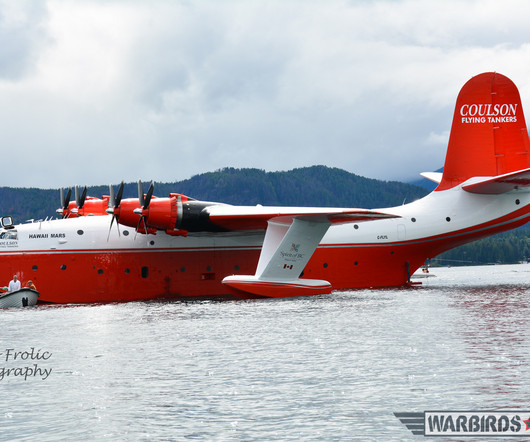

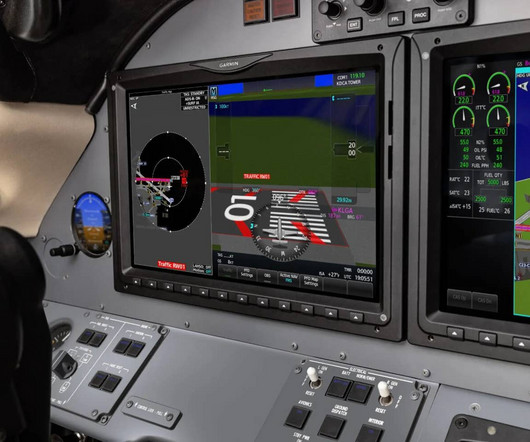

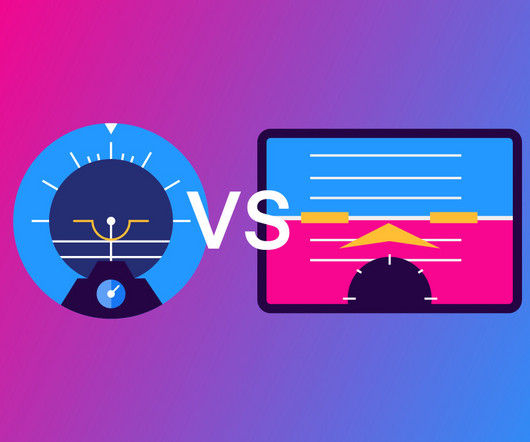
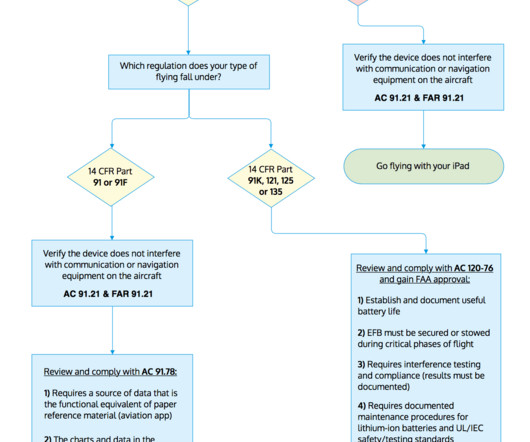
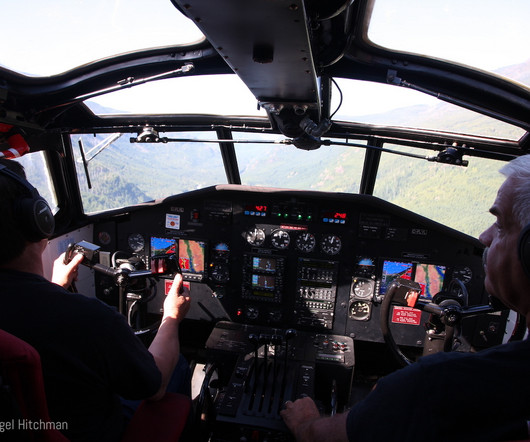


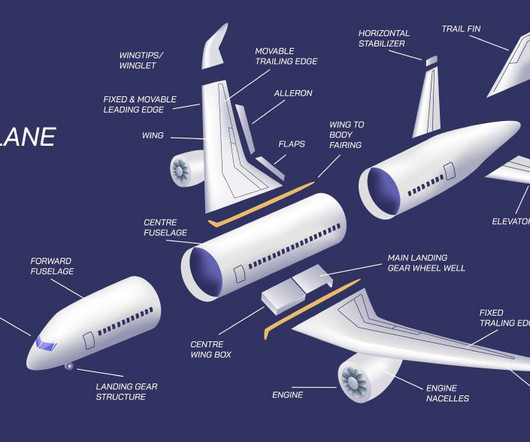

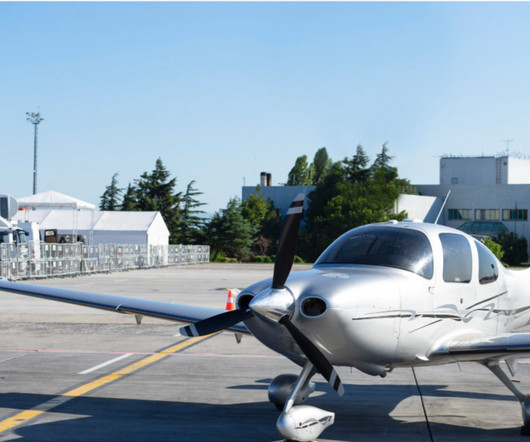
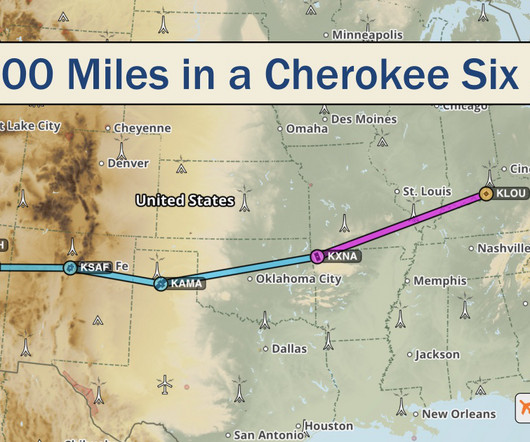







Let's personalize your content